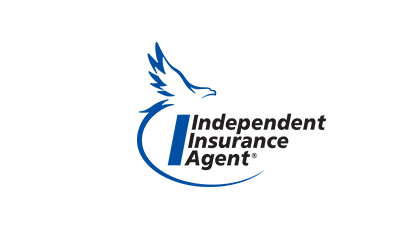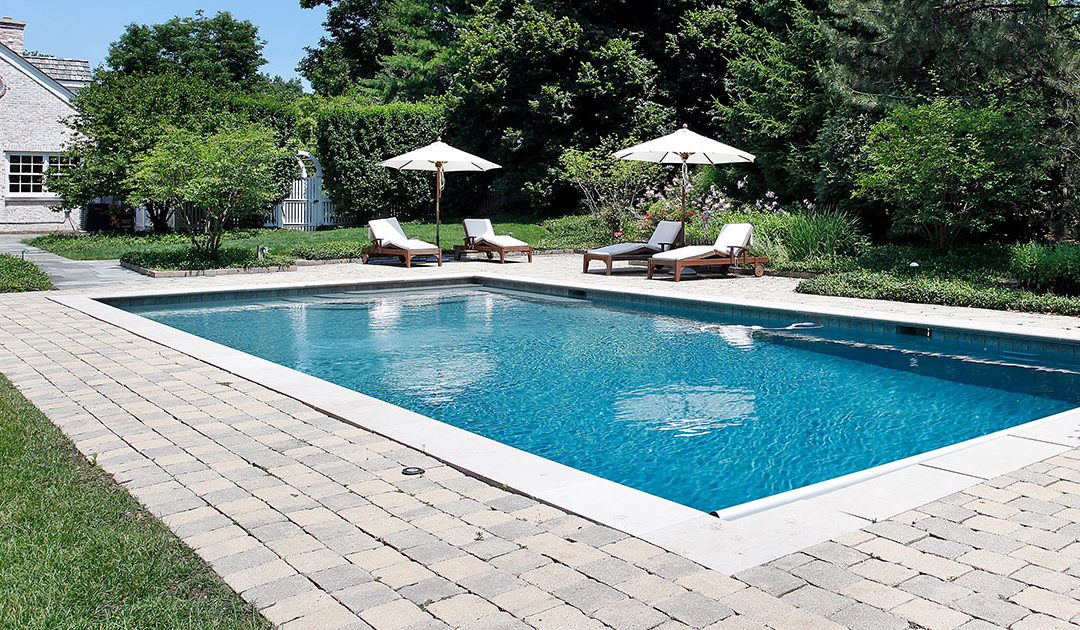Here’s what impacts your homeowners insurance cost
1. Location
It’s no secret that rates will vary by region and even by neighborhood. Why location matters:
- Coastal properties: These are riskier to insure than inland homes, because of the chance for hurricanes or other natural disasters.
- Crime rates in your ZIP code: This helps determine how likely you are to file a theft claim.
- Homes nearby woods and brush: These homes are more susceptible to wildfire and falling trees.
- Proximity to a fire hydrant and fire department: Easy access to a water source means a fire is more quickly extinguished.
2. Prior losses
If you’ve had previous home insurance claims, you’re considered more of a risk to have another one. Home insurance companies generally focus on how many you’ve had. If you’ve had multiple claims, you’ll likely pay a higher rate as you’re more likely to file future claims.
Keep in mind that homeowners claims can remain in your claims history for five to seven years.
3.Materials, age, and shape of roof
Your roof is critical when it comes to your home and home insurance. Insurance companies will consider its construction and the cost to replace it. If your roof material is asphalt shingles, which are less flammable, you’ll usually pay less than if you had a cedar or wood-shakes roof. In some states, even the shape of your roof drives your price, especially in coastal states. “Gable” roofs are the most common and affordable roof type to install, but they are prone to wind damage and can raise your insurance price. ”Hip” roofs (characterized by all sides gently sloping downward) often cost more to install, but they are more resistant to wind and will generally bring down the price of your home insurance.
4.Type of home
One of the first questions asked by a home insurer provider will be, “What kind of home do you have?” Potentially even more relevant to your price is your home’s construction materials. Often, block homes cost less to insure than a wood frame house because they are less susceptible to fires spreading. Your insurer will also ask about your siding type, flooring, and even how you heat the home as a way to assess risk. Typically, more expensive materials increase the overall value of your home and also your insurance price.
5.Credit and insurance score
Some homeowners insurance companies may use an insurance score in some states. Each company uses its own method of calculating an insurance score, which typically includes a blend of credit and claims histories. Insurers value this information because data suggests a correlation between credit history and insurance risk. The higher your score, the lower the cost of homeowners insurance.
6.Coverage selections
The more coverage you have, the higher the rate. Obviously, the smaller the home and the less personal property you have to insure, the lower the rate. The good news is that sometimes you can improve your coverages by thousands and your rate will only change minimally. Your deductible amount will also impact your rate.
7.Dogs
Because you could be liable if your dog bites someone, coverage for animal liability may increase the cost of your home insurance. It’s important to note that some insurers will not cover dog bites regardless of the breed, so you’ll want to consult your policy to see if you’re covered. If not, you can purchase separate insurance for dog bite incidents.
8.Home-based business
If you’re running a business out of your home, you may pay a higher rate for home insurance or be denied coverage. It will depend on the nature of your business and whether your carrier will accept the risk. They may require you to purchase a separate policy. Foot traffic is a key consideration. So if you’re selling goods from your home and customers frequently come to your property, you may pay more (or will be more likely to be denied coverage) than if you were running a consulting business with no meetings at your home.
9.Trampolines and swimming pools
Because of the potential for injury, insurance companies consider trampolines and pools to be “attractive nuisances,” and you may pay more for them. Some companies won’t cover you if you have either one, and many require a fence of some minimum height around the pool or a locked gate in order to qualify for coverage. You may also be denied coverage if your pool has a diving board or slide.
10. You can bundle multiple policies to earn extra discounts
You can save even more if you get both homeowners and auto insurance from the same company. This is called “bundling insurance,” and Progressive and most other insurers offer a discount for this. Plus at Progressive, you can bundle even more, including homeowners + motorcycle, homeowners + boat, RV + auto.
Call us today to discuss your coverage or to get a quote – 362-1818.
Get in touch
Address
100 East Howard St.
Live Oak, FL 32064
Phone
Hours
Mon-Fri
8:30a - 5:00p
Follow us on social media



